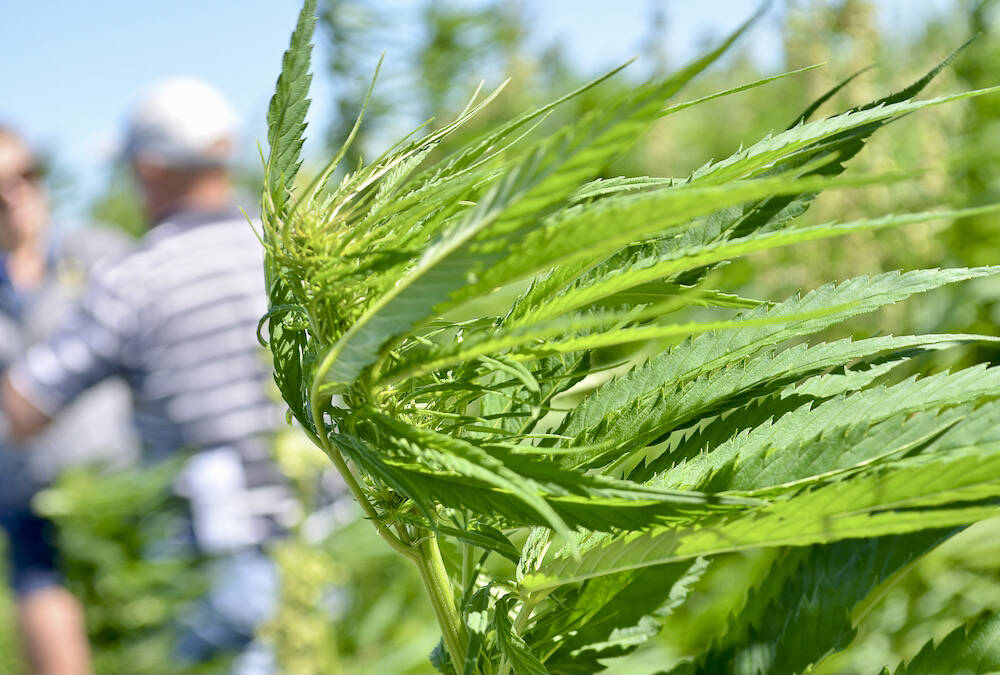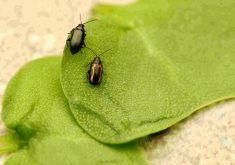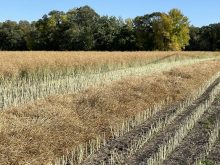Growing a good canola crop isn’t just about high yield or quality — it’s also about getting that crop ready to market on a global scale.

“We export about 90 per cent of what we produce in Canada, so being able to meet the requirements of our export customers is really important for having open and stable markets to sell our canola to,” said Brian Innes, vice-president of government relations for the Canola Council of Canada.
“These are things like pesticide residues, blackleg, incidents of deregistered varieties, as well as improper canola storage.”
In order to make sure their canola stays market ready, producers should follow these five simple tips, said Innes, who spoke at canolaPALOOZA here in late June.
First, use pesticides at the correct rate, timing, and pre-harvest interval. Next, stay away from unregistered pesticides or chemicals that leave unacceptable levels of residues under internationally recognized maximum residue limits.
Read Also

Canadian hemp stable, but stuck on growth
Canada’s hemp industry hopes hybrid varieties, better yields, clearer regulations and new markets can help the crop break past its ceiling and get Canadian farmers planting more hemp acres.
“There are some pest control products that processors and exporters have identified as a concern,” said Innes.
“We need to help growers understand how to select a product that’s approved for use by talking to their grain buyer, and then using it according to the label.”
These include anything with the active ingredients quinclorac (Accord, Facet, Clever, or Masterline); fluazifop-p-butyl (Venture L or Fusion); and vinclozolin (Ronilan). Some exporters will also reject canola treated with metconazole, the active ingredient in Quash.
“Producers should talk to their grain buyers if they have questions or concerns about products that they’re using.”
Third, producers should follow best management practices for storing canola, said Innes.
“Use the right storage practices to keep canola in the condition that it needs to be in for export by not using things like malathion and by keeping animal proteins out of the bins,” he said.
Producers should also grow blackleg-resistant varieties and use blackleg-management practices, such as planting treated seed, scouting fields for symptoms, applying a fungicide, and maintaining a break between canola crops in the rotation.
“Producers need to be making sure they use the right blackleg practices to prevent high levels of infection.”
And finally, producers should avoid growing deregistered varieties: Roundup Ready Polish (Hysyn 101RR), Bromoxynil Tolerant (295BX, Armor BX, Cartier BX, Zodiac BX, Renegade BX), and older Liberty Link varieties (Exceed, 2631 LL, Swallow, SW Legion LL, SW Flare LL, LBD 2393 LL, Innovator, Independence, HCN 14, Phoenix, 3850, 2153, 3640, 3880, 2163, 2273).
“Having growers understand what they need to do to meet the requirements of our customers helps everybody get a higher value for their canola and keeps our markets more stable,” said Innes.
















